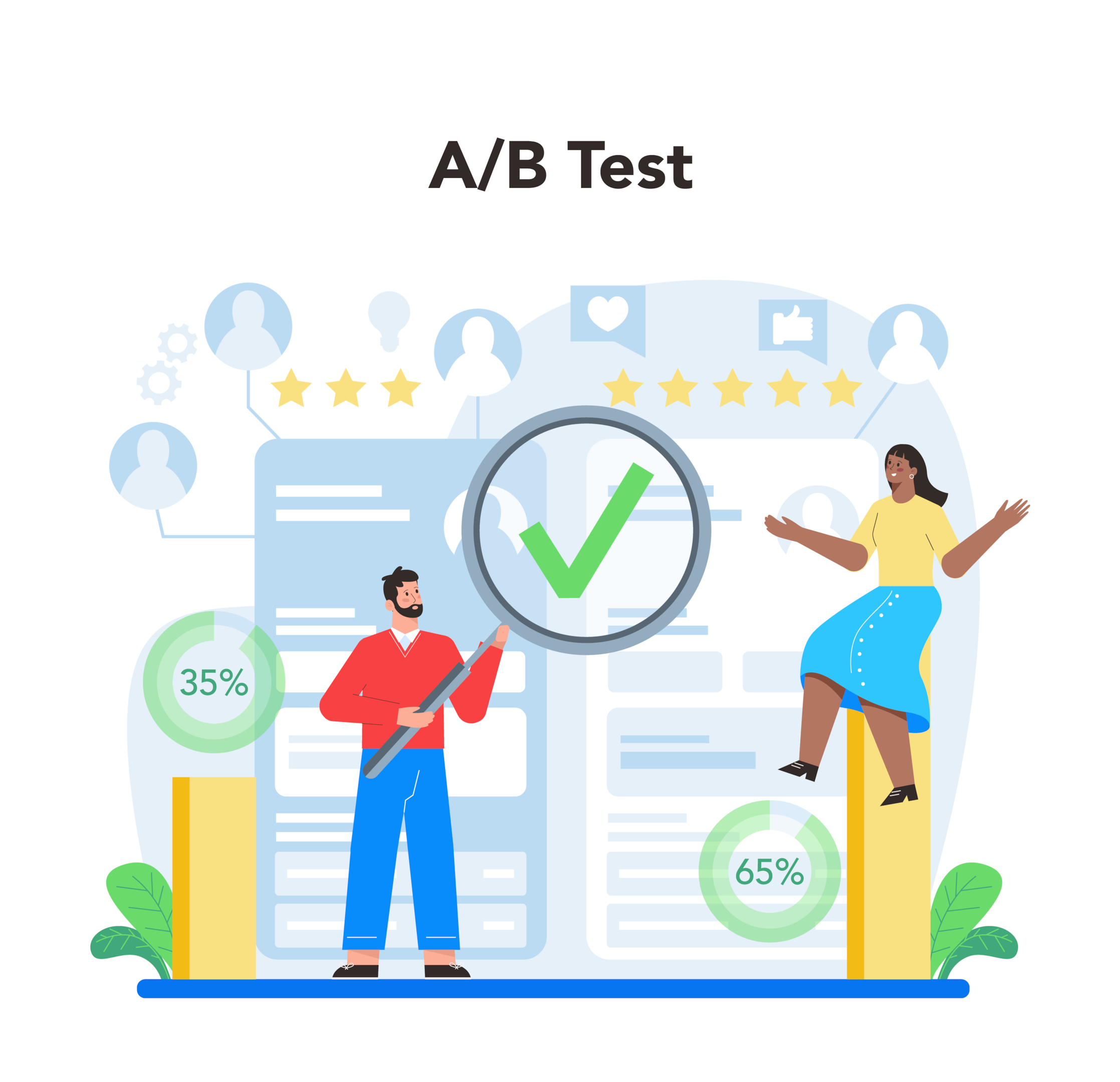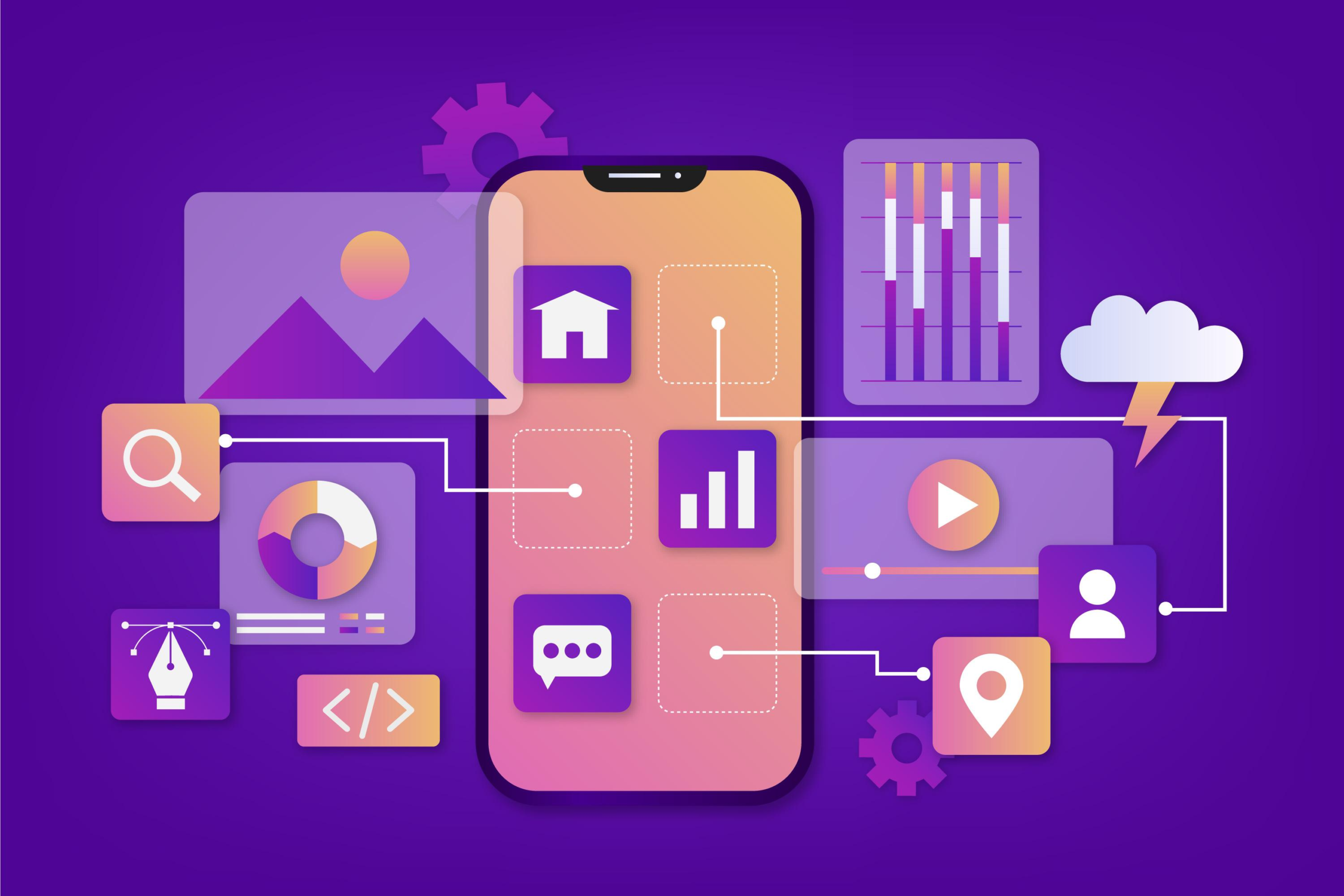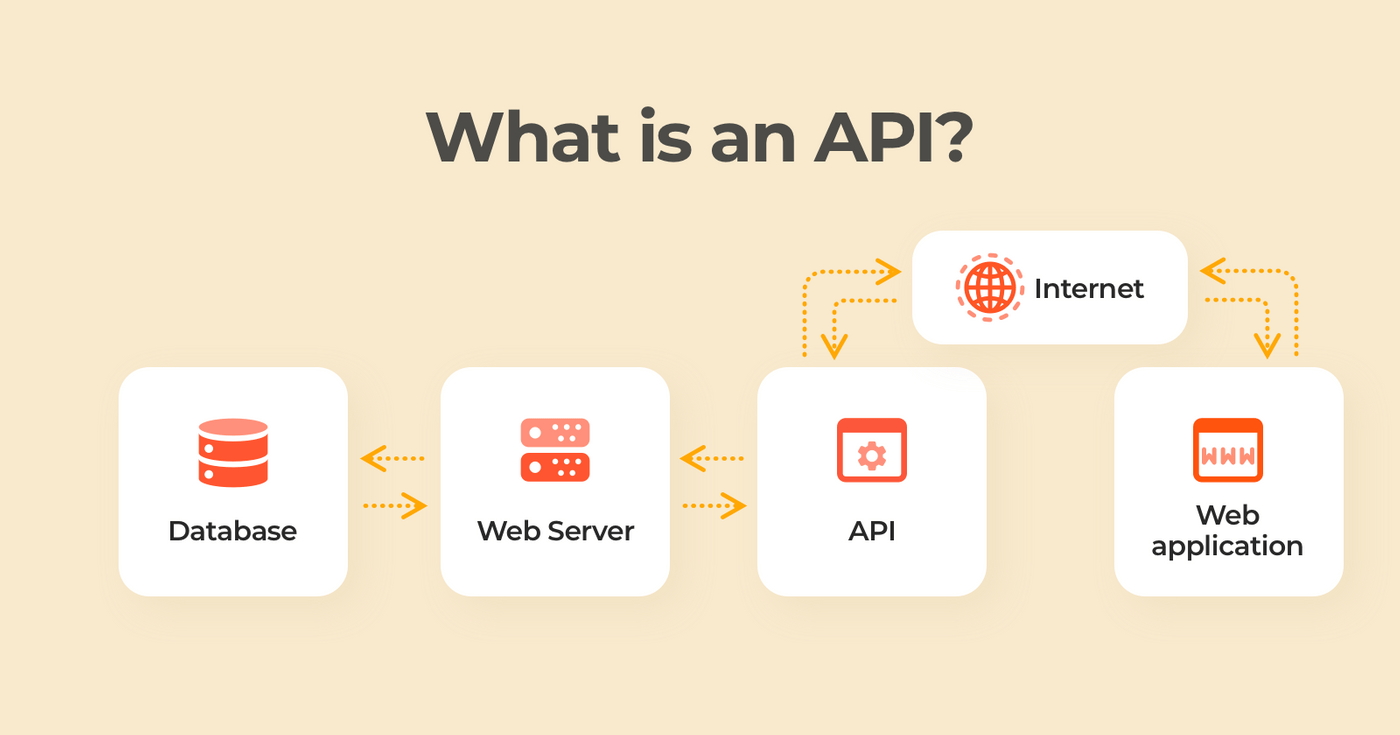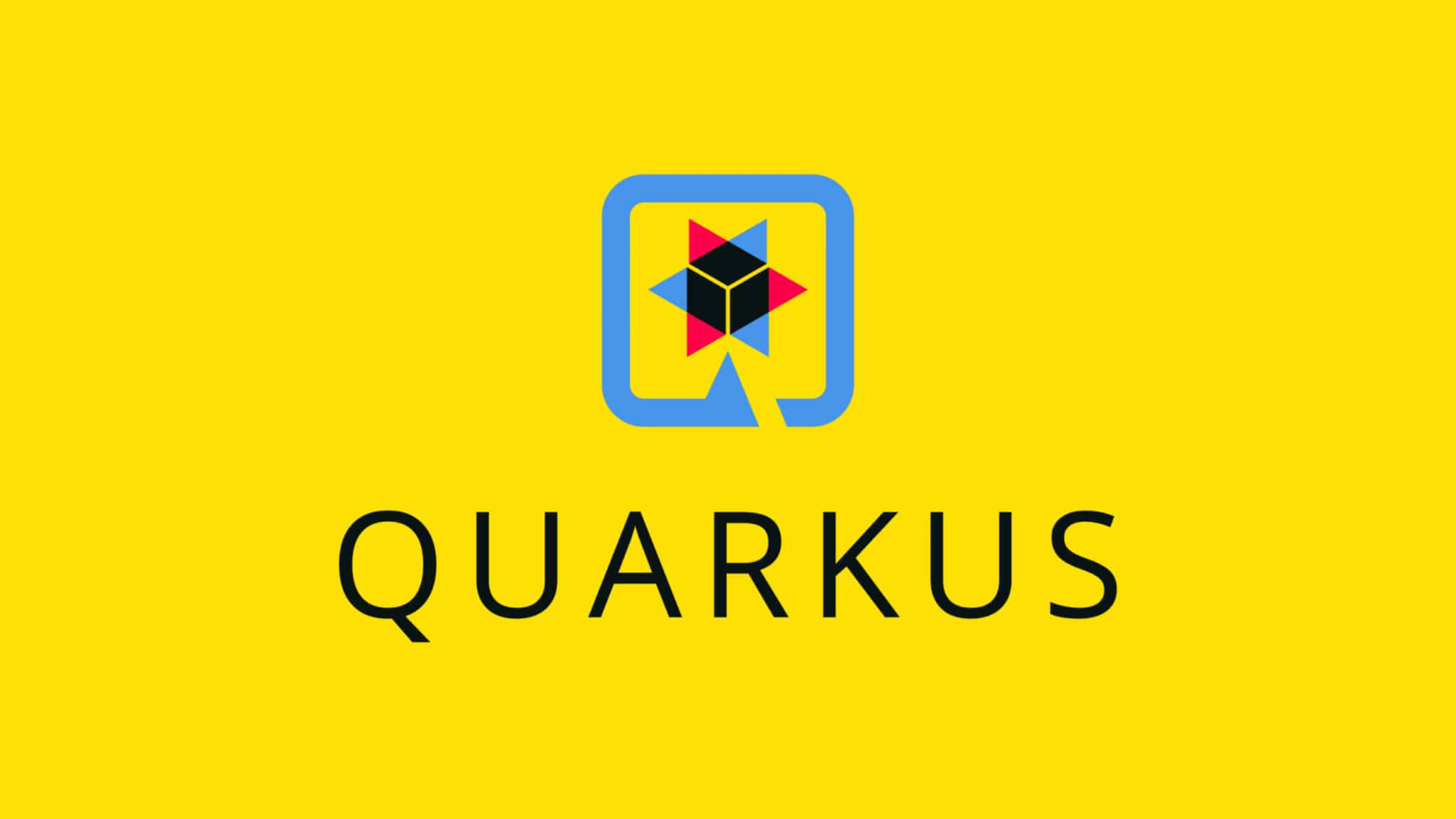In today’s rapidly evolving landscape, many organizations often find themselves juggling a mix of legacy apps and cloud-based applications. While traditional models may have limitations, the industry buzzword surrounding cloud-native approaches is gaining momentum.
This shift is driven by the need to meet compliance requirements, enable scalability, and leverage the flexibility of cloud infrastructures. A cloud-native application offers numerous advantages, allowing employees to access data and tools from anywhere, anytime.

Moreover, this modern approach empowers businesses to reallocate resources effectively, optimizing efficiency and responsiveness to changing market demands while meeting compliance obligations.
What is Cloud-Native?
Simply put, it refers to apps that are specifically designed to run on the cloud. These applications are built using cloud-based technologies and architectures, taking full advantage of the cloud’s capabilities. Cloud-native applications are lightweight, resilient, and highly efficient, providing numerous benefits over traditional on-premises applications.

Why Consider Cloud-Native Applications?
There are several compelling reasons why an organization should consider adopting these types of applications.

Scalability, Adaptability, and Portability
Cloud-native applications are highly scalable, allowing companies to handle scaling, increased workloads, and user demands. These applications can seamlessly adapt to changing business needs without creating dependencies or disruptions.

Additionally, these applications are inherently portable, enabling them to run on various devices and environments without requiring significant code changes. Cloud-native architectures often incorporate additional security measures such as automated vulnerability scanning, image signing and verification, access control mechanisms, and network security policies.

Use of Cloud-Native Constructs
Cloud-native applications leverage various constructs that enable their unique characteristics. These include:
Containers: Containers provide a lightweight and isolated environment for running applications. They offer benefits such as portability, quick deployment, and reusability.

Microservices: Microservices architecture involves breaking down applications into smaller, loosely coupled services. This approach enables flexible and extendable application development, making it easier to add new features and scale specific components independently.

Software-Defined Infrastructure: These applications utilize virtualized infrastructure, which allows for the dynamic allocation and scaling of computing resources. This enables companies to optimize resource usage and respond quickly to changing demands.

Application Programming Interfaces (APIs): APIs play a crucial role in cloud-native applications by enabling integration and customization. They facilitate communication and data exchange between different services, allowing companies to build modular and interconnected systems.

Stateful vs. Stateless Applications: Cloud-native applications can be either stateful or stateless. Stateful applications retain information about past interactions, while stateless applications treat each request independently. Understanding the difference between the two is essential for effective development of these applications.

Quarkus – Kubernetes-native Java Stack: Quarkus is a modern, Kubernetes-native Java stack that enables efficient cloud-native development. It offers benefits such as fast startup time, low memory footprint, and native compilation, making it an excellent choice for building applications on this platform.

Serverless Architecture: Serverless architecture abstracts the underlying infrastructure, allowing developers to focus on writing code without worrying about managing servers. It offers advantages such as automatic scaling, reduced operational overhead, and cost optimization for cloud-based applications.

Examples of Cloud-Native Applications
To illustrate the practical application of cloud-native concepts, let’s explore some examples:

Software Containers
Software containers provide a lightweight and consistent environment for running applications. They encapsulate the application and its dependencies, making it easy to package and deploy across different environments. Containers offer benefits such as portability, quick deployment, and reusability, allowing developers to build these applications efficiently.

Microservices
Microservices architecture involves breaking down complex applications into smaller ones, offering loose coupling services. Each service focuses on a specific business capability and communicates with other services through APIs. Microservices enable flexible and extendable application development, allowing organizations to innovate and scale specific components independently.

Software-Defined Infrastructure
These types of applications leverage software-defined infrastructure, which involves virtualizing hardware functionality. This virtualization allows companies and firms to scale resources based on demand, optimize resource allocation, and automate infrastructure management. By decoupling applications from physical hardware, these applications gain enhanced scalability and flexibility.

App Programming Interfaces (APIs)
APIs play a vital role in enabling integration and customization within cloud-native applications. They act as the interface between different services, allowing seamless communication and data exchange. APIs facilitate the building of modular and interconnected systems, enabling companies to develop flexible and scalable applications that operate on cloud platforms.

Stateful vs. Stateless Applications
Cloud-native applications can be either stateful or stateless. Stateful applications maintain information about past interactions, while stateless applications treat each request independently. Understanding the difference between stateful and stateless applications is crucial for designing cloud-native architectures that meet specific requirements.

Quarkus – Kubernetes-native Java Stack
Quarkus is a cutting-edge, Kubernetes-native Java stack designed for cloud-native development. It offers a streamlined development experience, fast startup time, low memory footprint, and native compilation support. Quarkus empowers developers to build efficient and scalable Java applications, taking advantage of cloud architectures.

Serverless
Serverless architecture allows developers to focus solely on writing code without managing the underlying infrastructure. It abstracts away the server management aspects, automatically scaling applications based on demand. Serverless offers advantages such as reduced operational overhead, cost optimization, and seamless scaling for these applications.

Benefits of Cloud-Native Applications
These applications offer several significant benefits for various firms and companies:

Adaptability
These applications excel at adapting to changing business needs. By utilizing cloud-native architectures and technologies, companies can quickly respond to market demands and introduce new features without creating dependencies or disruptions.

Scalability
These applications leverage software-defined infrastructure to achieve horizontal scalability. Companies can dynamically allocate computing resources based on demand, ensuring that applications perform optimally even during peak loads. This enables organizations to handle increased workloads and user demands effectively.

Portability
These applications are designed to run on various devices and environments without requiring significant code changes. This portability ensures that applications can be deployed on different cloud providers or on-premises infrastructure, providing organizations with flexibility and mobility.

Conclusion
Cloud-native development represents the future of software development. By embracing cloud-native applications, organizations can unlock the potential for innovation, and adaptability. The advantages of these applications, including adaptability, and portability, make them essential for organizations striving to stay competitive in the ever-evolving digital landscape.
It is crucial for developers and organizations to shift their mindset towards modularity, reusability, and frequent code releases, empowering them to build applications that meet the needs of the present and future.
FAQs
What is the growth of cloud-native applications?
These applications have experienced significant growth due to their advantages, including better resource utilization and adaptability.
What are the 4 key technologies underpinning cloud-native development?
The four key technologies supporting cloud-native development are containerization, orchestration platforms like Kubernetes, microservices architecture, and DevOps practices.
What percentage of applications will be cloud-native by 2025?
While no exact percentage is available, it is expected that a substantial number of applications will be cloud-native by 2025 due to the advantages they offer and the increasing adoption of modern development practices.



